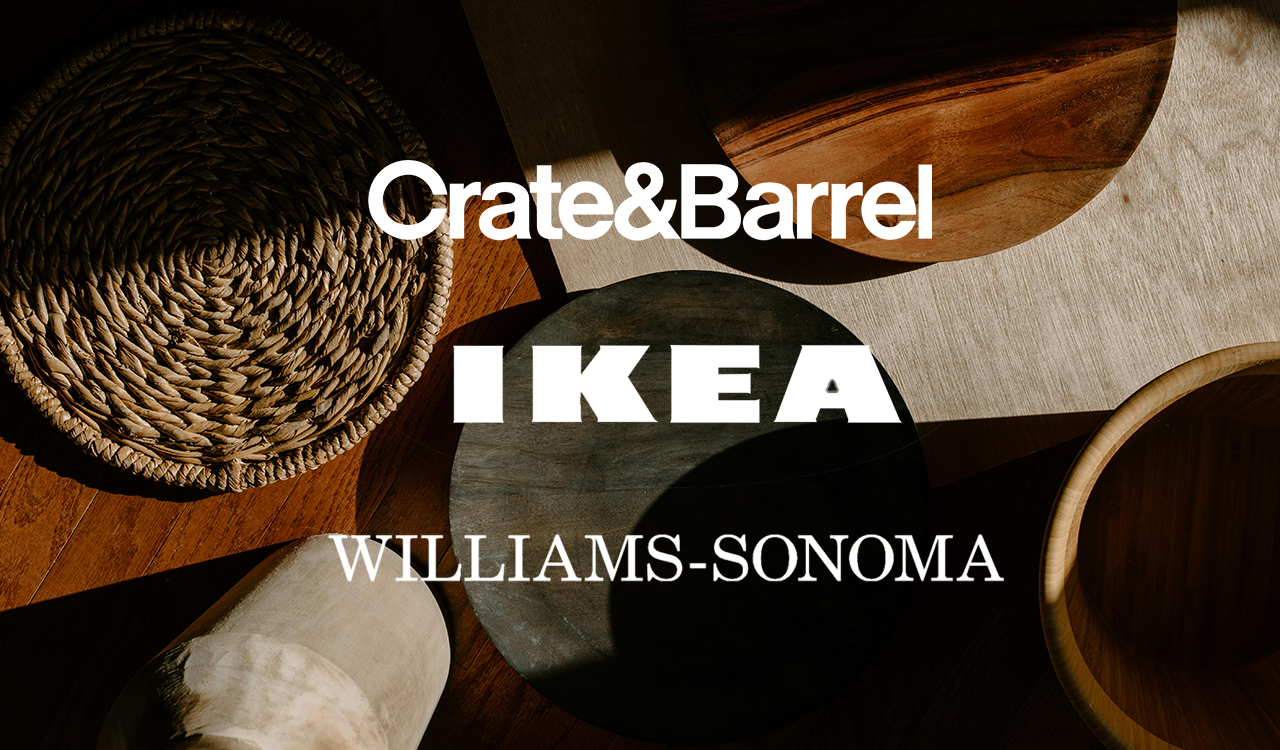Peloton is giving the cult of SoulCycle a run for their money. A quick debriefing for the uninitiated: Peloton is an at-home stationary exercise bike that comes with a large screen that enables users to join online classes. The bike monitors each biker\’s progress in comparison to the rest of the class and instructors can also see each person\’s progress throughout the workout, so they can offer them encouragement in real-time. As with SoulCycle, Peloton riders are fanatical and hyper-specific online communities of riders that have popped up on Facebook and Instagram since 2012 when the platform launched. According to The Atlantic, Peloton ridership outpaced that of SoulCycle for the first time ever last December…and this has big implications for the retail industry.
SoulCycle is facing a massive boycott since one of its founders, billionaire Stephen Ross, hosted a benefit in support of Donald Trump at his estate. Many devoted SoulCycle enthusiasts felt the cycling brand had \”chosen a side\” in the tumultuous political climate, and they weren\’t happy with the side that was chosen. But political aspersions aside, Peloton recently doubled its customer count while SoulCycle\’s customer base declined by eight percent. What\’s the cause of this disparity? Let\’s take a look.
Let\’s Get Digital, Digital
SoulCycle and Peloton have somewhat similar business models–both companies have a fervent fanbase and they both sell a stationary bicycle-based exercise program. The difference is that with Peloton, people work out alone in their homes on intelligent stationary bikes, while SoulCycle is an in-person operation. Peloton instructors lead each class remotely and bikers take part on 22-inch touchscreen TVs mounted in front of their smart bikes. And Peloton\’s sudden growth stands as evidence that the appeal of \”do it from home\” is unparalleled.
It\’s not just the workforce and retail shopping that have gone digital–exercise programs have also become automated. And e-commerce retailers can learn a lot about building an online community of passionate brand advocates from how Peloton activated and retains their devoted fanbase.
Remote Functionalities Give Peloton a Leg Up
SoulCycle may not be cheap (at around $34 a class), but Peloton\’s price tag makes SoulCycle\’s classes look darn affordable. A Peloton bike costs $2,245 plus a $39 a month membership fee for live virtual classes. So, why are people paying so much more to work out from home, without the benefit of in-person encouragement? According to Peter Shankman, the entrepreneur who founded HARO and an avid Peloton enthusiast, the answer is convenience. \”I\’m a single dad,\” Shankman says. \”Four days a week I have my daughter. She\’s six, so I can\’t leave her alone. But I can get on the bike for two hours before she wakes up and get my workout/dopamine fix for the day. Couldn\’t do that without the bike.\”
But it\’s not just the flexibility of biking from home that draws Peloton bikers to the brand. Peloton has a strong online community led by engaging instructor/influencers that inspire riders to keep getting back on their bikes. Peloton instructors are social media influencers with their own cult-like followings. While Peloton itself started the first social media groups for the brand, most Facebook groups are now founded by riders themselves. \”It\’s truly a game changer,\” Shankman says. \”I\’m in a group on Facebook that I helped start called \’Before the Sun Peloton.\’ We\’re all on the bike before 5:00 am each day. Keeps us accountable. I\’ve lost 30 pounds.\”
The Generational Component of Fitness Classes
The arrival of Peloton was certainly timely. Sure, the platform emerged in 2012 when the remote work and mobile shopping movements were just picking up steam. But that\’s not the only reason the Peloton craze hit so hard. Young millennials favor boutique fitness classes over traditional gyms. As millennials get a little bit older and their home and work lives get more demanding, at-home boutique fitness solutions like the Peloton cult give them the online community and one-on-one attention they crave without the time crunch of hauling their butts to a traditional gym. And just like traditional malls are giving way to mixed-use retail spaces and online shopping, traditional gym memberships are waning as young people opt to attend (or tune into) in niche fitness studios.
Yet, we live in a world where people are increasingly isolated and social niceties of the past are falling by the wayside. Consumers crave something tangible–especially Gen Z, who grew up post-Technological Revolution–and exercisers are no different. So, it should come as no surprise that group fitness classes – whether virtual or online – are one way that the young(ish) and gainfully employed interface with the outside world. There\’s something primal about working out in a live class that isn\’t likely to die down once Gen Z starts purchasing their own stationary bikes.
Brick-and-Mortar Meetups
Peloton may have tapped into a goldmine by bringing the boutique fitness element into buyer\’s homes, but this doesn\’t mean that the cult brand\’s bikers are immune to the draw of a real-life crowd. Like in retail, consistent engagement is key to getting fitness clients to keep paying those monthly membership fees. And while Peloton has one flagship studio in New York City, members of the community can also meet one another–as well as their favorite instructors–IRL at the brand\’s annual Homecoming events. Peloton\’s growth can be instructive for retailers everywhere, and with a flagship brick-and-mortar presence, active social media influencers promoting the brand, niche online communities, and an enviable access fee of $2,245 or more a bike, it\’s easy to see why the company could start to generate more than a little envy among those who didn\’t come up with the idea first.
But before anyone starts binge-trolling Peloton executives on LinkedIn, it\’s important to note that the business model has one potentially fatal flaw…and that\’s the fact that it\’s a brand within the fitness industry, which has a notoriously short lifecycle for cult workout trends. Despite the brand\’s rip-roaring success on the consumer side, Peloton stock keeps falling since going public. So, will Peloton\’s devout following of time-pressed and fitness-obsessed bike junkies be enough to help the brand navigate a stock market come-up? Only if the company can prove to investors that it has staying power. And short of asking its most ardent members to sign contracts committing them to the brand\’s subscription service for another decade, I\’m not sure how they\’re going to pull that off. Being a fitness brand is a tough cross to bear. But if a retailer were to adopt Peloton\’s strategy to build a community around their brand… we\’d be looking at a business model with some serious staying power.




